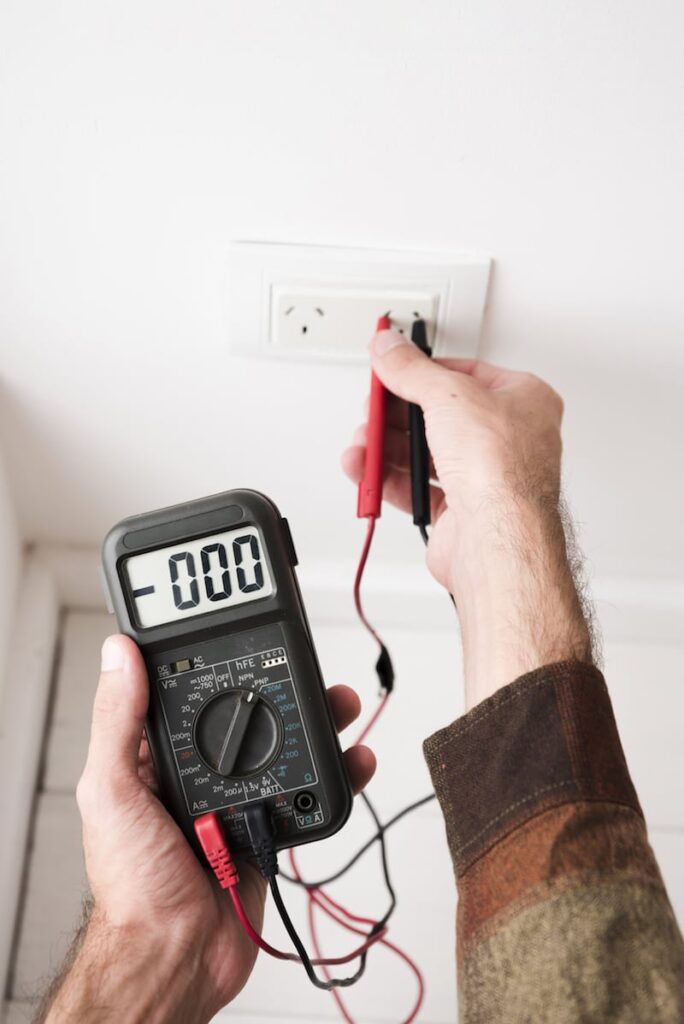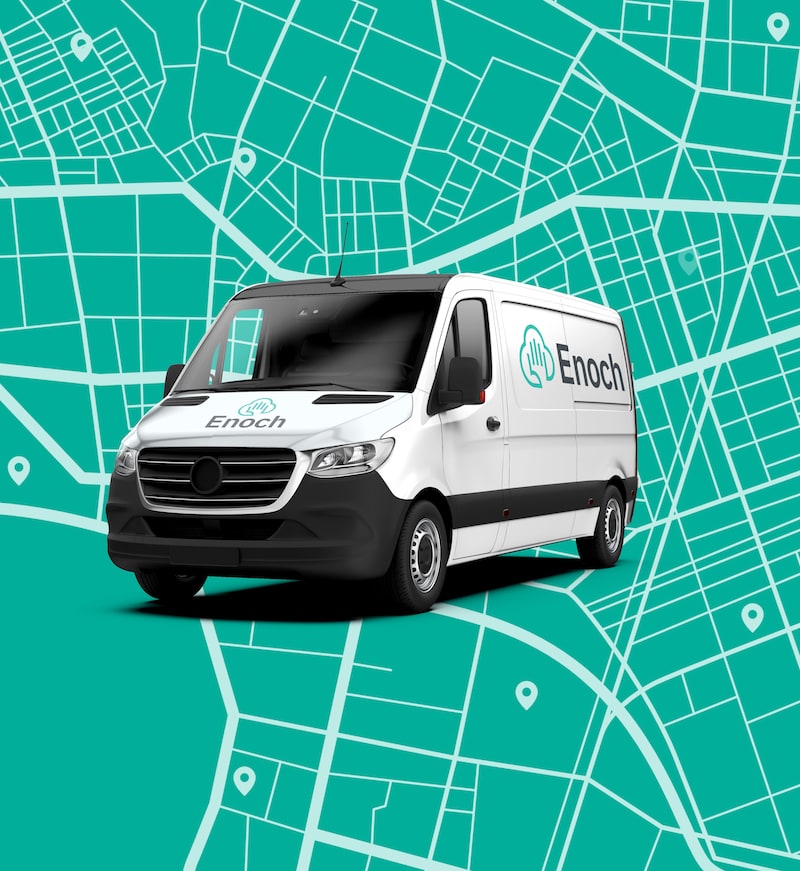Are you considering remodeling your home? Perhaps it’s time to freshen up the kitchen with new kitchen cabinets or countertops. Or you’re ready to replace worn out surfaces with new flooring or carpet. And let’s not forget the bathroom — how about a new shower or bathtub? But before you start adding new externals, have you considered what’s behind the walls of your home? It may be time to upgrade your electrical system, particularly if you have an older home.
Electrical system upgrades make sense for several reasons. We use so many devices that require electricity for operation or charging that you may find you’ve out of outlets or you’re using numerous extension cords and power strips throughout your home. Adding outlets and charging ports to your home can reduce the tangle of unsightly and potentially unsafe cords cluttering up your baseboards, countertops, and desks.
If your home is older you may not have ground-fault circuit interrupter (GFCI) outlets. Designed to protect you from electrical shocks, they’re mandated by most building codes in new construction kitchens and bathrooms. It only makes sense you should have the same protection in your home.

You may also want to evaluate your light switches. If you’ve remodeled in the past you may find that the current placement of light switches doesn’t match the traffic flow of your newly remodeled space. Plus, motion-sensing light switches and other advanced light switches can make your home safer while saving money.
Finally, is your electrical panel up to the task of powering your home? There are telltale signs that will let you know it’s time for an upgrade.
It’s one of the marvels of modern life that we can rely on an uninterrupted supply of electrical current just by plugging into an electrical outlet (after paying our bill, of course). But that convenience can become a hassle if you’re tripping over extension cords or always searching for an open outlet. Here are a few smart ways to upgrade your electrical outlet infrastructure.
Add Outlets
Take stock of your current electrical outlet situation. Are you short of outlets in a particular room, or need to run extension cords to power lamps and other devices? Perhaps you need multiple power strips to power your home office’s computers and accessories or your home entertainment system. If this is the case, you could benefit from adding additional outlets. A qualified electrical contractor can evaluate your existing wiring and help determine the best way to upgrade your outlet options.
Banish USB Wall Warts
Do a quick count around your home. How many devices do you have that charge or are powered by a USB connection? Chances are, the electrical outlets in your kitchen, in your home office, and by your bedside table are clogged up with unsightly AC-to-USB converters. Consider having new outlets with integrated USB outlets installed in convenient locations.
Install GFCI Outlets in Your Kitchen and Bathroom
Ground-fault circuit interrupter (GFCI) outlets detect irregularities in current flow and automatically shut off power to prevent electrical shocks. They’re particularly useful in areas where electrical outlets can come into contact with water, such as bathrooms, kitchens, or garages. If your home was built before building codes required them, adding GFCI outlets in these areas will make your home safer and improve resale value.
We take light switches for granted. Flip it, and the lights come on — pretty simple, right? But as with electrical outlets, the positioning, number, and type of light switches in your home can make the difference between purely functional and optimal. Let’s examine some of the ways you can optimize your lighting controls.
Adding or moving light switches
If you’ve ever thought, “I wish I had a light switch here,” why not add one? Along the same lines, there’s no reason you can’t move a light switch to better meet your needs, particularly if you’re remodeling and changing floor plans.
Dimmer light switches
Adjusting the lighting in your room is a great way to change the mood and ambiance of the space. Adding dimmer light switches in place of your existing ON/OFF switches lets you take control of your lighting levels.
Motion-sensing light switches
Adding motion-sensing light switches ensures that the lights in your room will come on (and shut off) automatically when you enter or leave a room. They’re a great addition to utility or laundry rooms, plus pantries and closets.
Smart switches
Smart devices are becoming a part of our daily lives. Why not tap into their potential for your home’s lighting? A variety of smart light switches are available that offer easy control of your lighting options from anywhere with your smartphone or tablet.
As you consider your remodeling plans, consider the center of your electrical system — your electrical panel. This collection of circuit breakers in the corner of your basement or garage is at the heart of a healthy home electrical infrastructure. Consider these circumstances — they may indicate it’s time to upgrade or replace your existing electrical panel.

As we said at the top, upgrading your electrical system may not be at the top of your home improvement and remodeling list. But the ideas we’ve suggested can make a big difference in the livability, aesthetics, and safety of your home. And many of these ideas and improvements can be done quickly and they won’t bust your budget.
Interested in learning more about making electrical upgrades in your home? Call us and we’ll be happy to help you make the changes you need to make your home a better place to live in.

Need new breaker box upgrade
We would be happy to help. Please contact us directly at (817) 888-8880 to speak to one of our licensed electricians.